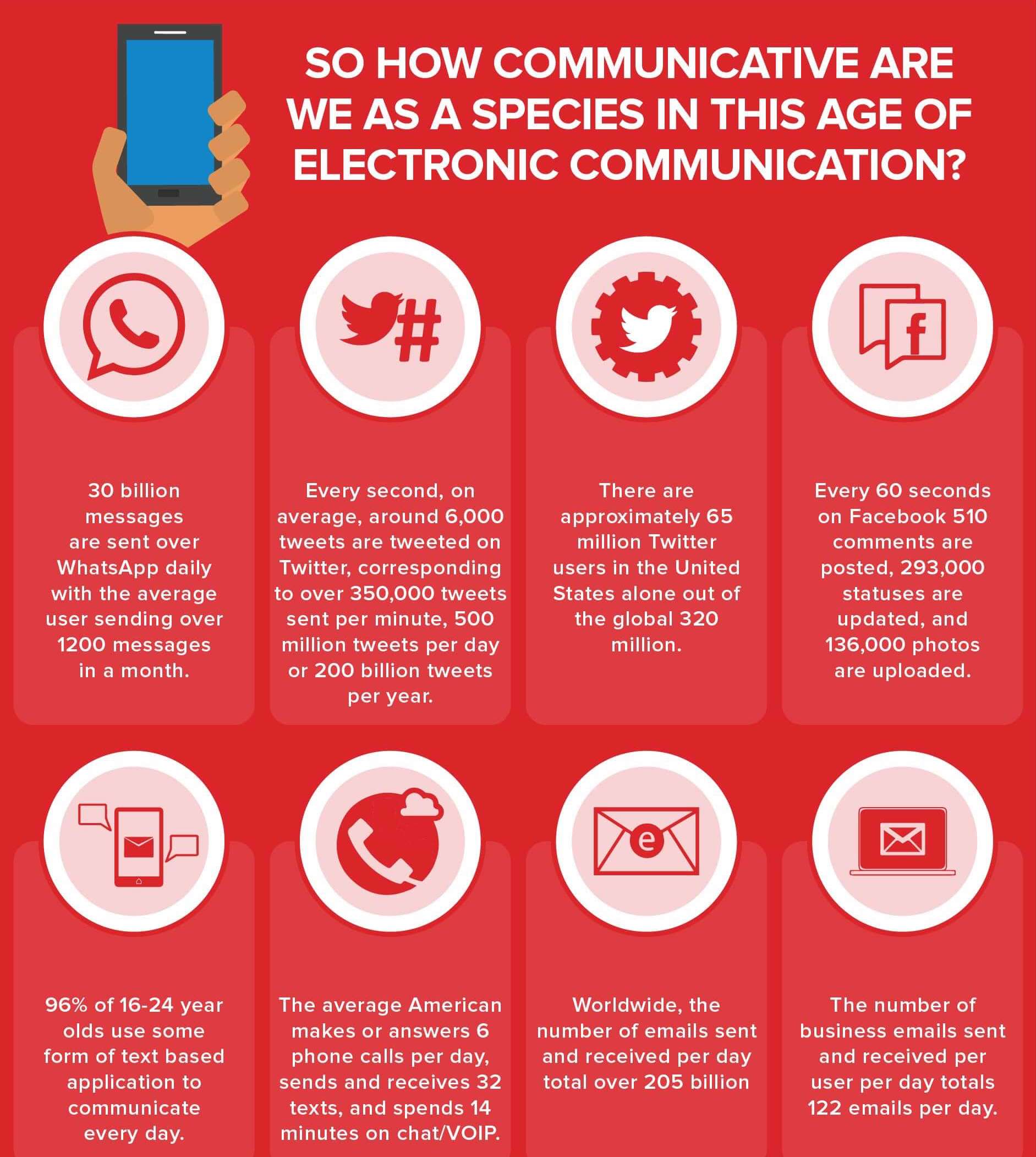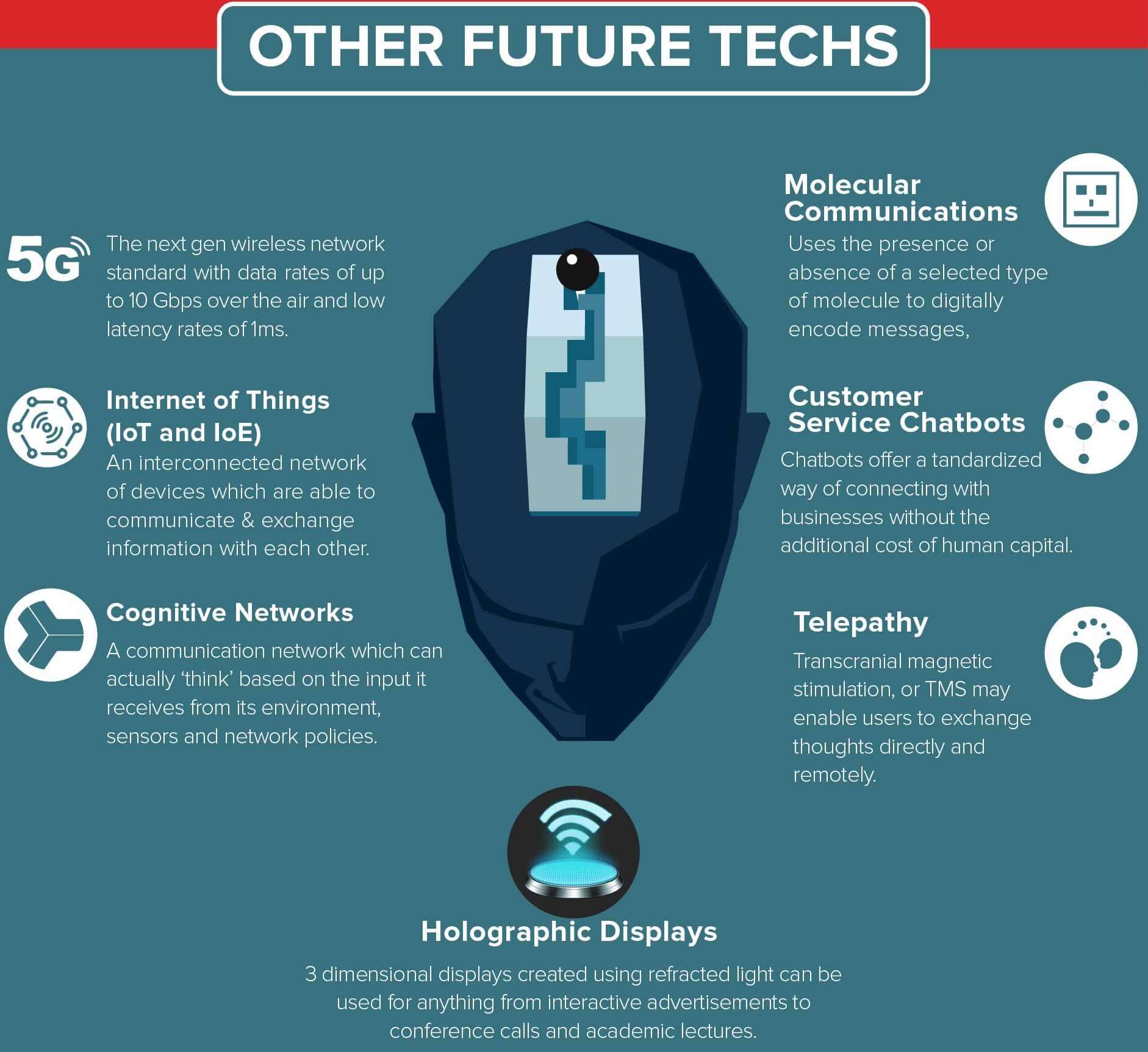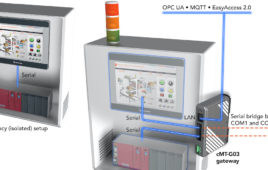If you hadn’t already heard, Apple’s upcoming Homepod speaker is the source of some serious noise before it even hits the shelves — an internal software update for testers was placed on the public internet, leaking some fascinating details about the also soon-to-be-available iPhone 8 (which could also be named the iPhone X or iPhone Pro). Among the most significant features was a dual rear camera, paving the way for some much-anticipated augmented reality applications.
The adoption of augmented reality (AR) and its cousin virtual reality (VR), particularly in mobile devices, is set to transform the way we communicate with each other. From allowing you to sit in the same room as friends and family thousands of miles away, to facilitating better collaboration with work colleagues, their immersive visual nature will completely change the way we look at the world. In order to demonstrate how influential technological advances like these are, let’s take a quick look at how we got here.

(Image Credit: Circa Interactive)
From Telegraphs to Twitter
The very first form of electrical telecommunications, the telegraph, dominated communication throughout much of the 19th century. Having said that, it was the invention of the telephone in 1876 started a revolution, allowing us to not only transmit text but an actual representation of the human voice — the word ‘phone’ itself comes from the Greek for ‘sound’ or ‘voice’. The 1880s saw telephone exchanges built in every major city across the US and by the 1950s, almost every household was fitted with a landline. Advances in the 1970s and 80s laid the foundations for communication as we know it today, with the development of mobile phones, cellular networks, and first computer networks- predecessors to the modern Internet.
The launch of the first 2G network in 1991 moved cellular networks over from analogue to digital, enabling us to send text messages and make calls, while the later introductions of 3G and 4G made it possible to send pictures and videos on the go as well. In the meantime, social media websites like Facebook and Twitter recognized the power of the Internet to change the way we connect with people, with competition between companies like them having since inspired many innovative new methods of communication. Individual products can have a huge impact too — although smartphones had appeared in the late 90s, it was only the release of the first iPhone in 2007 that made them popular with the masses.
A Connected World
The history of telecommunications is much more than just a timeline of events; it’s the story of how technological advances and innovations have irrevocably changed the world around us. Throughout the last century, it’s been the driving force behind globalization, economic growth, and increasing power of the media to inform and influence. Data transmission rates have improved so the form of our electronic communications has diversified greatly — with text, voice, pictures, and video all now possible, we’re free to switch between them (depending on the situation).
Just as interesting is how speed, along with the variety of platforms available to us, has influenced the frequency of our messages; because we can send and receive them much faster, we are in contact with more people more often than at any other point in our history. Recently (given the ubiquitous nature of smartphones and the Internet), instead of longer, less frequent interactions, many of us are in constant short-form contact, raising issues of work-life balance and ‘digital addiction’. Having said that, one drawback of the efficiency of modern communication is it’s reduced the perceived need for face-to-face interactions.
A New Reality
We’re not about to eliminate remote communication, but technology does promise to better replicate natural conversations, which is where VR comes into play. Although much of the focus so far has been on gaming, at its heart is simply the ability to bring people together in a simulated environment, to unite them with a shared experience. The possibilities of such immersive communication are numerous and extend beyond just futuristic conference calls; friends exploring potential holiday plans together, architects walking with clients through their potential building designs, teammates practicing plays outside of a regular session. It might be reminiscent of a certain Black Mirror episode, but VR could even provide a lifeline for those isolated by age or illness.
However, due to the current size and expense of the equipment involved, it may be some time before those applications become commonplace. What is likely to achieve much faster widespread adoption is AR, particularly as it’s incorporated into mobile devices (as those iPhone 8 specs hinted). The popularity of Snapchat has demonstrated how we can layer images and text onto photos and videos we send, and will soon be able to add digital information to video calls, which will be helpful when giving remote instructions. Not only that, but AR has the potential to enhance our real-world interactions; imagine clearly illustrating your vision for a design or home improvement project, or highlighting features of the environment to educate and inform.

(Image Credit: Circa Interactive)
The Coming Transformation
The challenge of developing affordable VR products is reflected in the expected growth of the AR and VR markets. If, as predicted, combined AR/VR revenue reaches $150 billion by 2020, AR will probably account for around 80 percent. The tech giants have recognized this and are taking action; to accompany its Oculus Rift VR headset, Facebook recently patented a pair of AR smartglasses, while Google’s AR project Tango is already helping consumers to navigate around stores.
So what’s significant about the Apple leak? Sure, the iPhone 8 would be far from the first smartphone to have a dual rear camera, but with Apple’s proven track record of popularizing technologies (thanks in part to their dedicated army of followers), this is a clear indication of the direction the industry is headed. Although many of the major players have released their own AR software tools for developers, Apple’s ARKit has the advantage of only requiring a recent iOS device, something millions already carry around in their pocket. That’s not to say its competitors won’t take sizeable chunks of the market, but Apple looks to have the edge when it comes to mobile AR.
Looking Ahead
It’s not just AR/VR technology that’s set to have a big impact in the coming years. Chatbots provide a natural language interface with intelligent computer systems, while devices can communicate with each other via the Internet of Things. The mobile infrastructure to support data-intensive applications such as AR and VR is on its way too, with 5G likely to have a widespread launch in 2020.
Looking further ahead, there are more incredible possibilities on the horizon. Video chats might evolve into holographic interactions, and Elon Musk even aims to link us to machines via telepathy. Who knows what other disruptive technologies could emerge in the next century? Communication is currently undergoing the greatest transformation since the evolution of language, and the advent of AR/VR technologies is just another step along the way.
To learn more about the changing face of communication, check out the full graphic created by the New Jersey Institute of Technology’s Masters in Electrical Engineering Program.
Filed Under: Virtual reality, M2M (machine to machine)




